8 Types Of Homes Set to Crash in Value In California By The End Of 2025 Plus 8 That Will Keep Rising
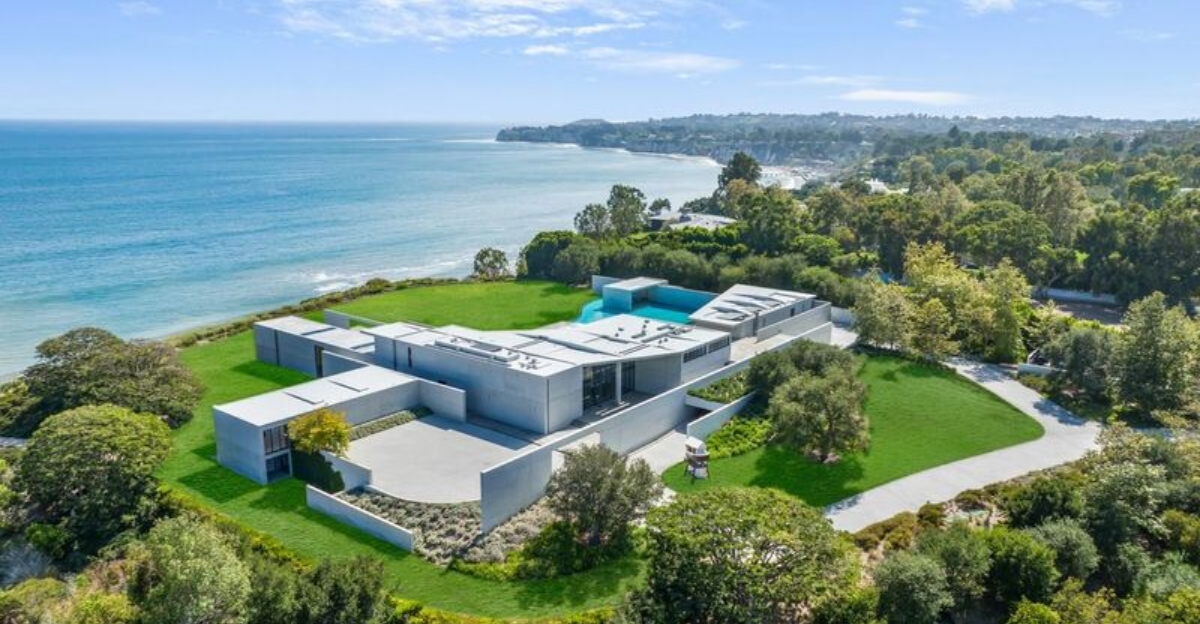
California’s housing market is shifting dramatically as we roam through 2025. Economic changes, remote work trends, and environmental concerns are reshaping which properties hold value and which don’t.
Understanding these patterns could save you from a costly mistake or help you spot the next hot investment opportunity in the Golden State.
1. Oversized McMansions in Suburbia
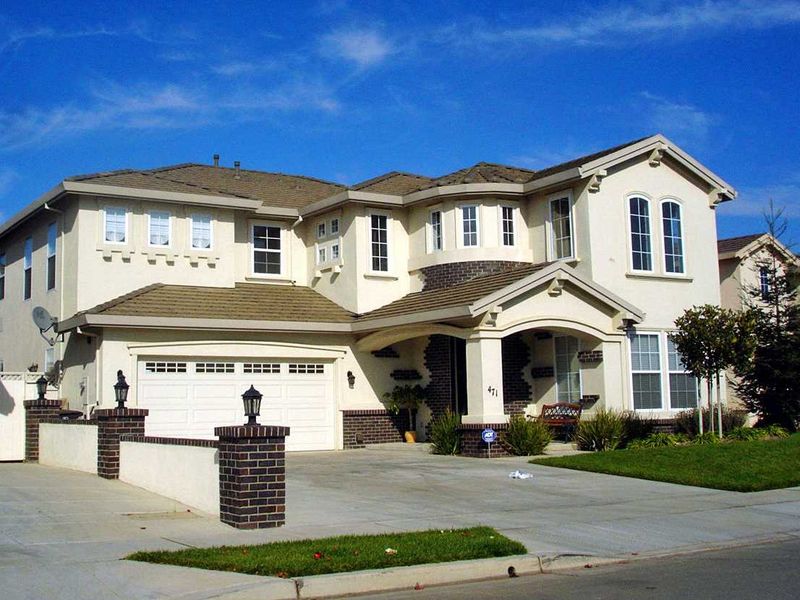
Gone are the days when bigger meant better. These massive energy-guzzlers with their formal dining rooms and media centers are falling out of favor as family sizes shrink.
Young buyers particularly avoid these maintenance-heavy properties, preferring efficient spaces that don’t require a small fortune to heat and cool. Rising property taxes only compound the problem for these dinosaurs of real estate.
2. Downtown High-Rises in Struggling Cities
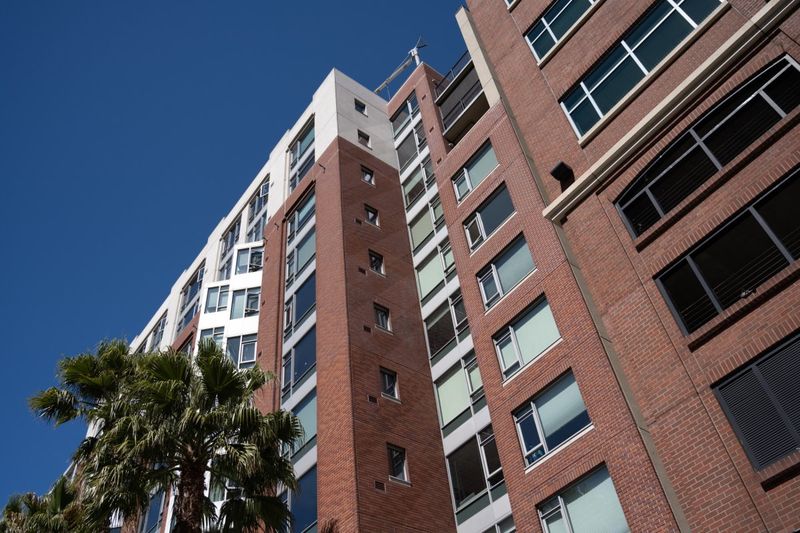
Once-coveted luxury apartments in cities like San Francisco are losing their luster fast. Remote work has emptied downtown areas, leaving retail shuttered and streets less vibrant.
Crime concerns and reduced amenities have many condo owners heading for the exits. Without the convenience of nearby entertainment and dining, many residents question paying premium prices for smaller living spaces in concrete jungles.
3. Short-Term Rentals in Oversaturated Markets
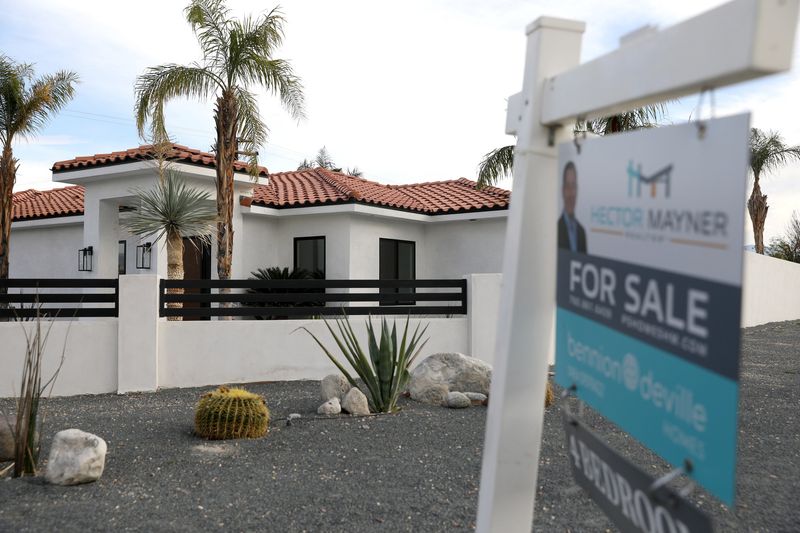
Remember when everyone rushed to buy Airbnb properties in tourist hotspots? That bubble is bursting spectacularly in places like Joshua Tree and Lake Tahoe.
Stricter regulations combined with a flood of competing properties have slashed occupancy rates. Owners facing mortgage payments without the expected rental income are increasingly forced to sell, creating a downward price spiral in once-hot vacation rental markets.
4. Desert Vacation Homes
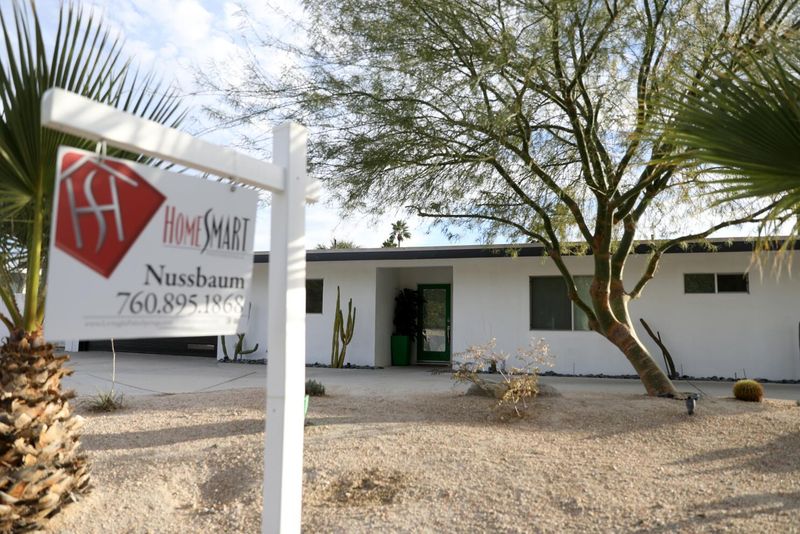
Climate change is hitting desert properties particularly hard. Rising temperatures make summer months increasingly unbearable, shrinking the usable season for these once-popular getaways.
Water restrictions and skyrocketing cooling costs further diminish appeal. As younger buyers prioritize sustainability, these water-intensive properties in harsh environments face a challenging future with diminishing demand and increasing carrying costs.
5. Aging Condos with Deferred Maintenance

Warning signs flash red for 1970s-80s condo complexes where maintenance has been postponed. Special assessments loom large as aging infrastructure finally demands attention.
Savvy investors increasingly avoid these ticking time bombs where deferred repairs could trigger five-figure special assessments. Insurance costs are also skyrocketing, making monthly carrying costs unpredictable and often unaffordable for many.
6. Hillside Homes in Fire-Prone Zones

Insurance nightmares are becoming reality for owners of picturesque hillside properties. Many insurers have simply stopped covering homes in high-risk fire zones, leaving owners scrambling.
When insurance can be found, premiums often reach astronomical levels. Buyers increasingly hesitate to take on properties where annual insurance might cost as much as property taxes, creating a perfect storm for value decline in these once-prestigious locations.
7. Luxury Homes in Remote Areas
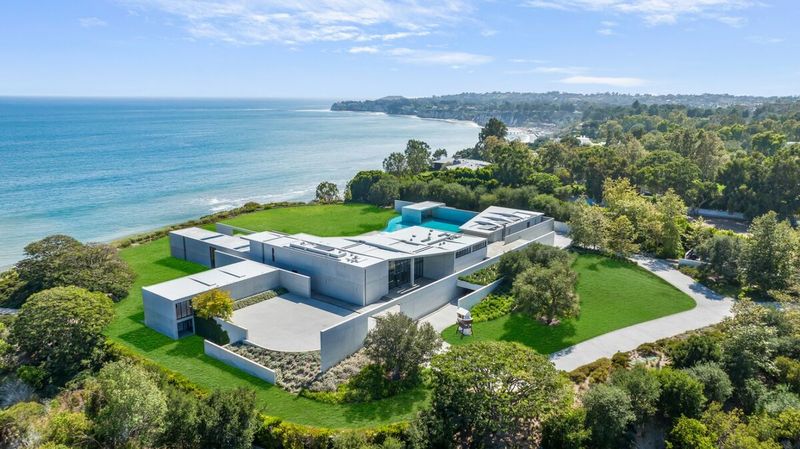
Pandemic-era escapes to far-flung luxury properties are losing their appeal as urban life rebounds. Properties hours from major employment centers face shrinking buyer pools and lengthening selling times.
Internet connectivity and healthcare access have become deal-breakers for many potential buyers. As fuel costs rise and climate concerns grow, the carbon footprint of long commutes further dampens enthusiasm for these isolated showplaces that once commanded premium prices.
8. Coastal Homes at Risk of Sea-Level Rise
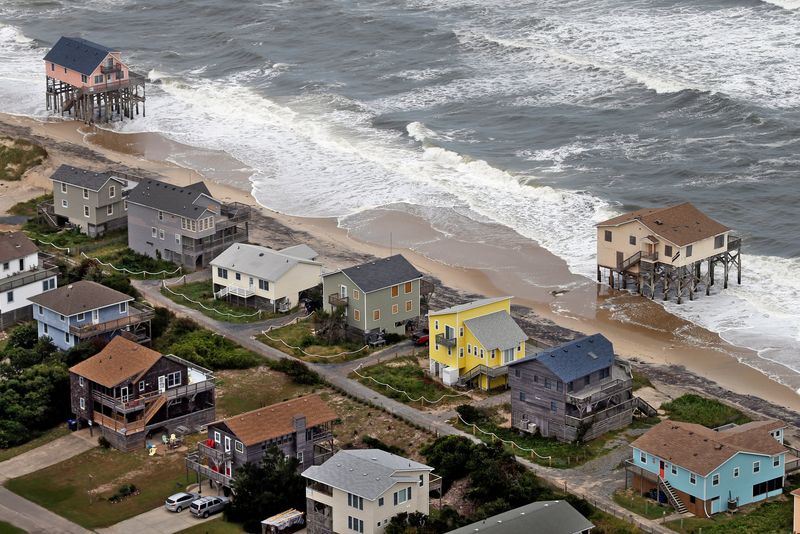
Science is finally catching up with beachfront property values. Forward-thinking people increasingly avoid areas projected to face regular flooding within their mortgage timeframe.
Insurance companies and mortgage lenders have begun incorporating climate data into their decisions. When 30-year mortgages become harder to obtain for properties with projected flooding issues, values inevitably suffer, creating a slow-motion decline that will accelerate as climate impacts become more visible.
9. Modest Single-Family Homes in Walkable Suburbs
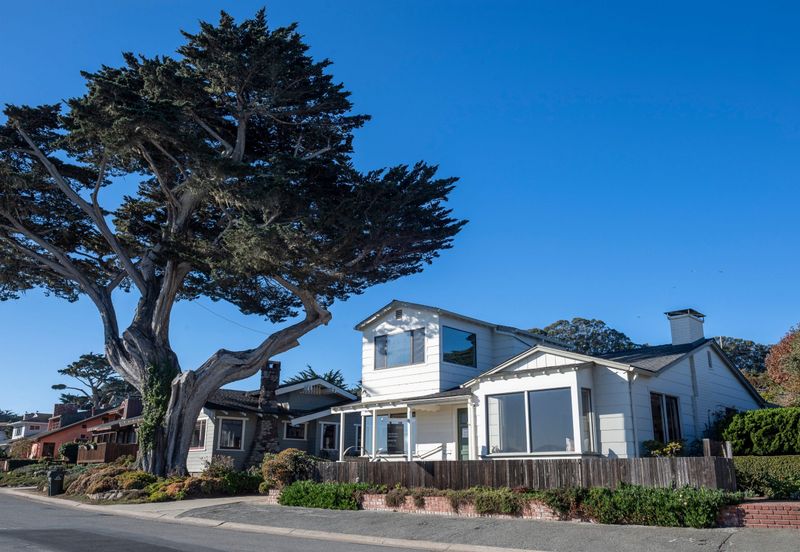
Goldilocks properties – not too big, not too small – are winning the value race. Three-bedroom homes within walking distance of coffee shops and groceries hit the sweet spot for today’s buyers.
Reasonable maintenance costs and lower utility bills make these properties budget-friendly. Multi-generational appeal ensures a broad buyer pool when it’s time to sell, creating consistent demand that should continue pushing values upward through economic fluctuations.
10. Townhomes in Transit-Connected Neighborhoods
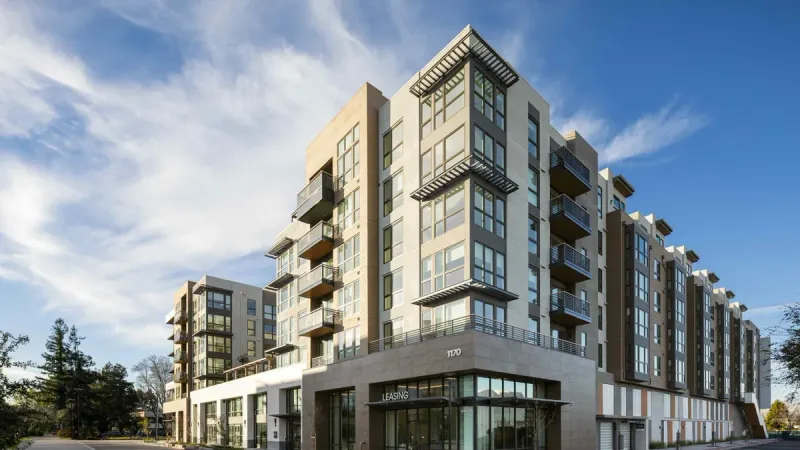
Forget fighting traffic! Properties near rail stations and major transit hubs are seeing demand surge as commuters seek stress-free alternatives to highway gridlock.
Lower transportation costs offset slightly higher purchase prices for budget-conscious buyers. Environmental benefits appeal to climate-conscious Californians, while the community aspect of transit-oriented developments creates vibrant neighborhoods that continue attracting new residents, supporting long-term value growth.
11. Energy-Efficient Smart Homes
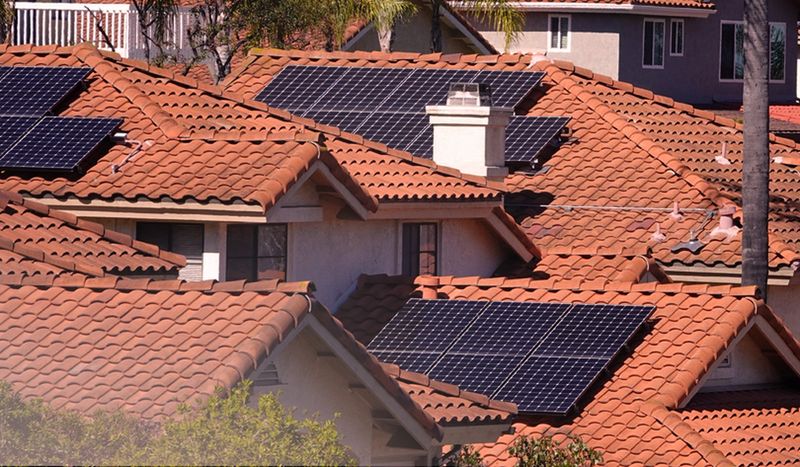
Money talks, and utility savings speak volumes to today’s buyers. Homes with solar panels, efficient appliances, and smart climate controls command significant premiums.
Reduced operating costs make higher mortgage payments more palatable in these high-performance properties. Environmental benefits align with California’s progressive values, creating emotional and practical appeal that translates to faster sales and higher prices, especially among younger, people entering the market.
12. ADU-Ready Properties

Flexibility is king in today’s housing market. Homes with existing accessory dwelling units or space to add one have jumped to the top of many buyers’ wish lists.
Rental income potential helps owners qualify for larger mortgages in expensive California markets. Multi-generational living possibilities appeal to diverse family structures, while the ability to house aging parents or adult children creates practical solutions to California’s housing shortage while building equity.
13. Homes in Strong School Districts
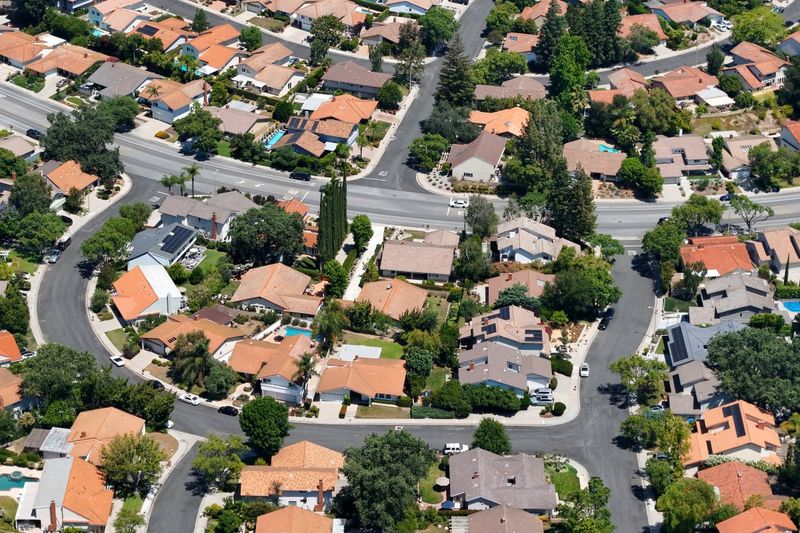
Education remains the ultimate value-proof investment. Properties in districts with high test scores continue outperforming the broader market regardless of economic conditions.
Parents will sacrifice space and features to secure educational opportunities for their children. Even future homeowners without kids recognize the resale advantage of school district quality, creating a self-reinforcing cycle of demand that maintains value premiums through market fluctuations and economic uncertainty.
14. Mid-Century Moderns in Trendy Urban Areas

Architectural character never goes out of style. The clean lines and indoor-outdoor flow of these 1950s-60s gems continue attracting passionate buyers willing to pay premiums.
Limited supply of authentic examples creates scarcity value in markets like Palm Springs and Los Angeles. Design-conscious millennials particularly covet these properties, creating fierce competition when well-preserved examples hit the market and supporting continued price appreciation despite broader market fluctuations.
15. New Construction in Growing Inland Cities
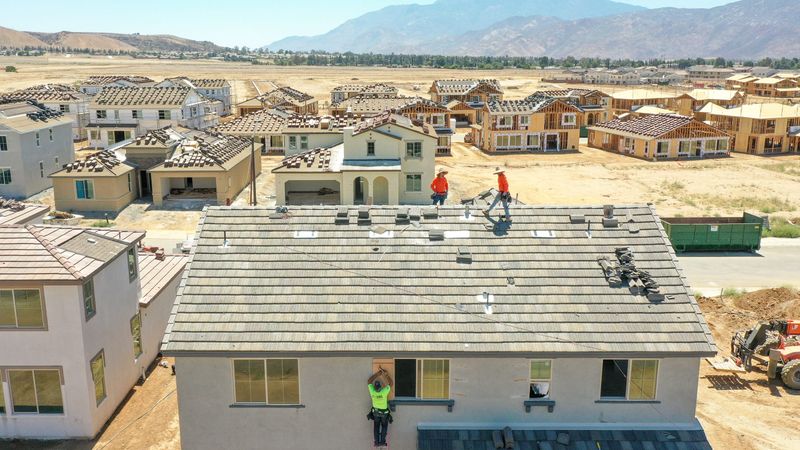
Affordability drives the next wave of California growth. Newer homes in emerging inland cities offer modern features at price points impossible near the coast.
Business relocation to these areas creates job opportunities that attract population growth, supporting continued housing demand and value appreciation as these communities develop more amenities and establish stronger identities.
16. Duplexes and Triplexes Zoned for Multi-Family Use
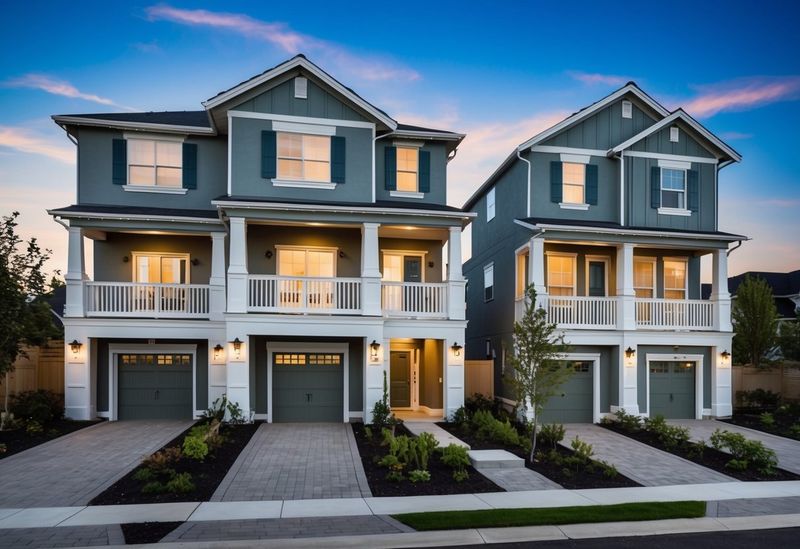
Zoning changes have transformed the investment landscape. California’s push for density has made properties that can be developed into multiple units particularly valuable.
Rental income potential attracts investors even during market slowdowns. Many first-time homeowners turn to house-hacking, living in one unit while renting others to offset mortgage costs, creating consistent demand from both investors and owner-occupants that supports continued value growth.
